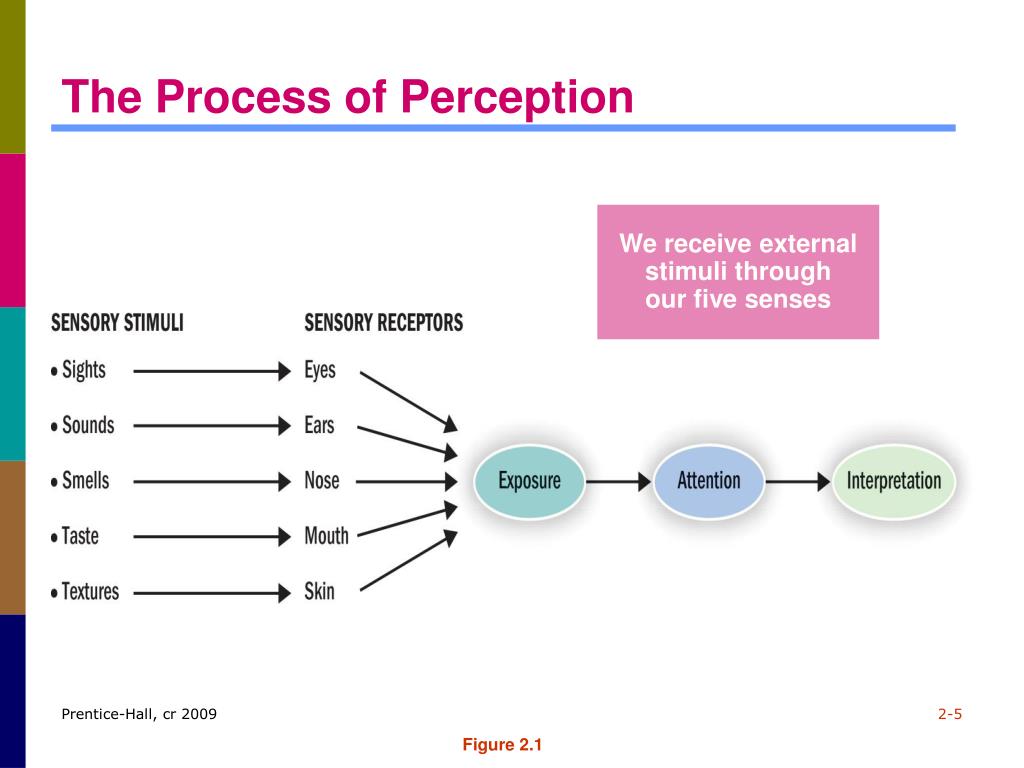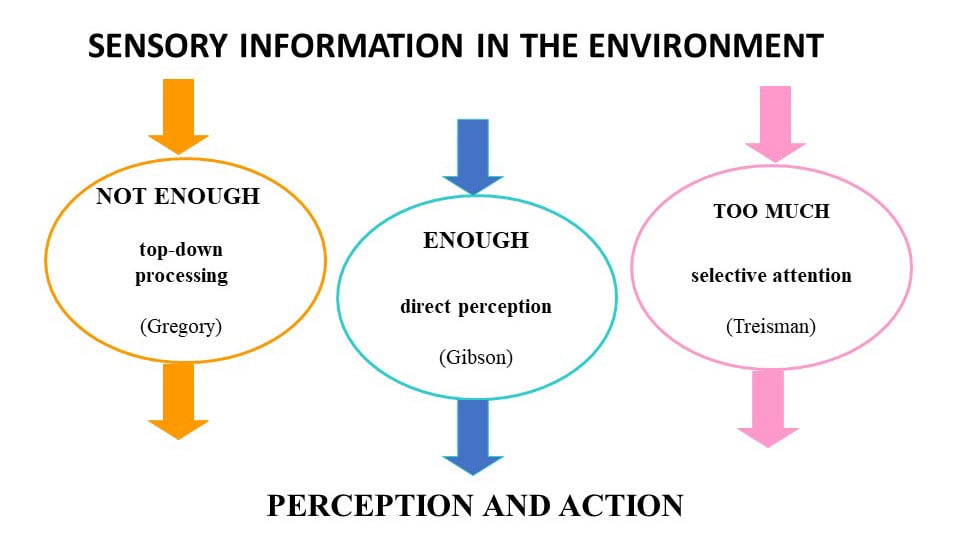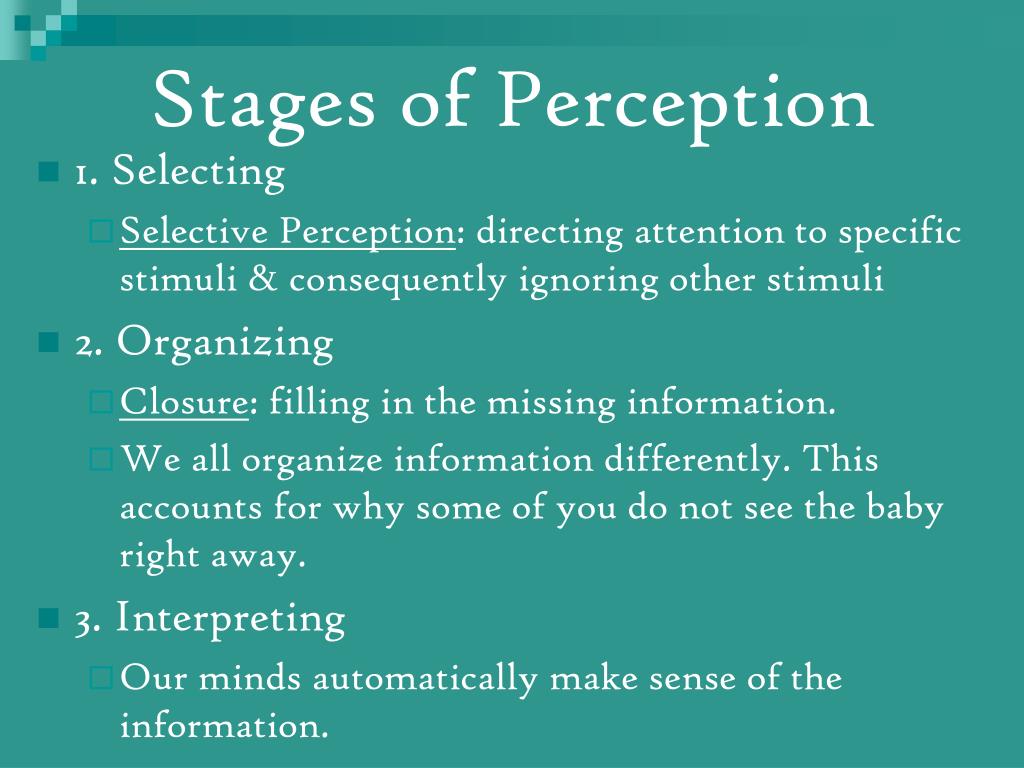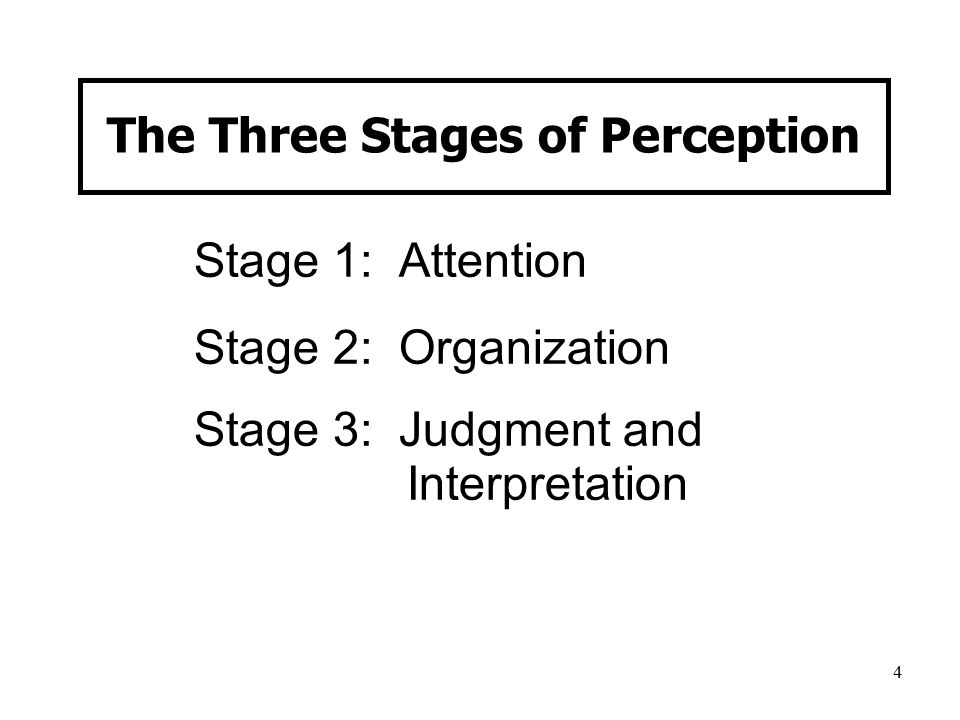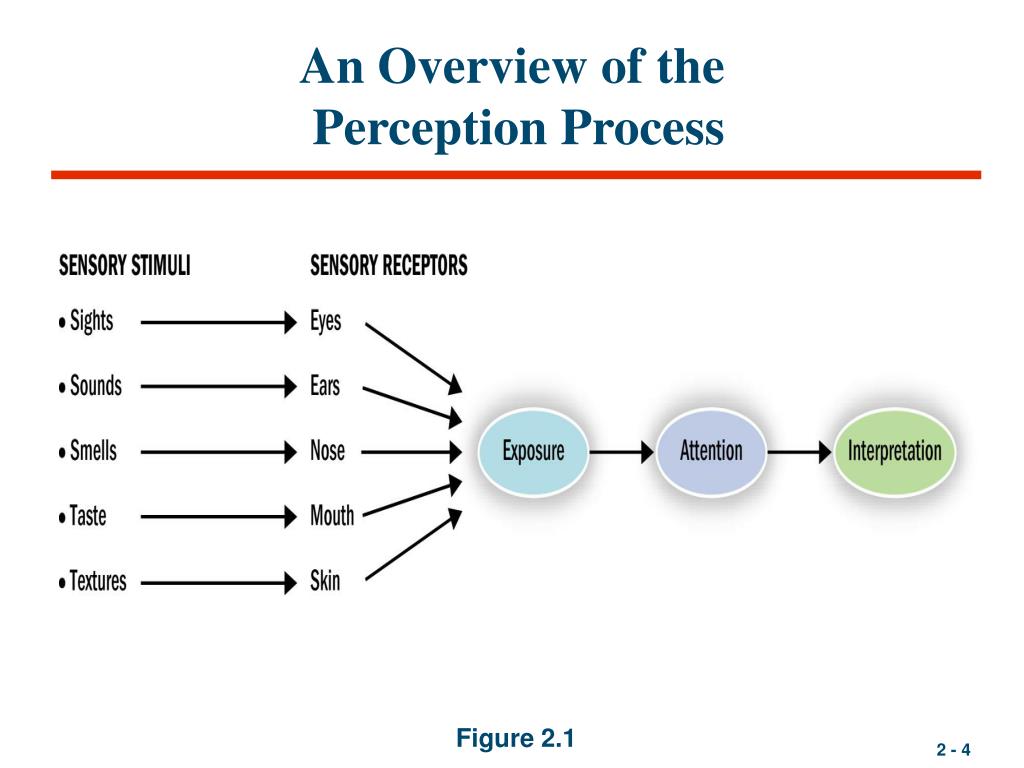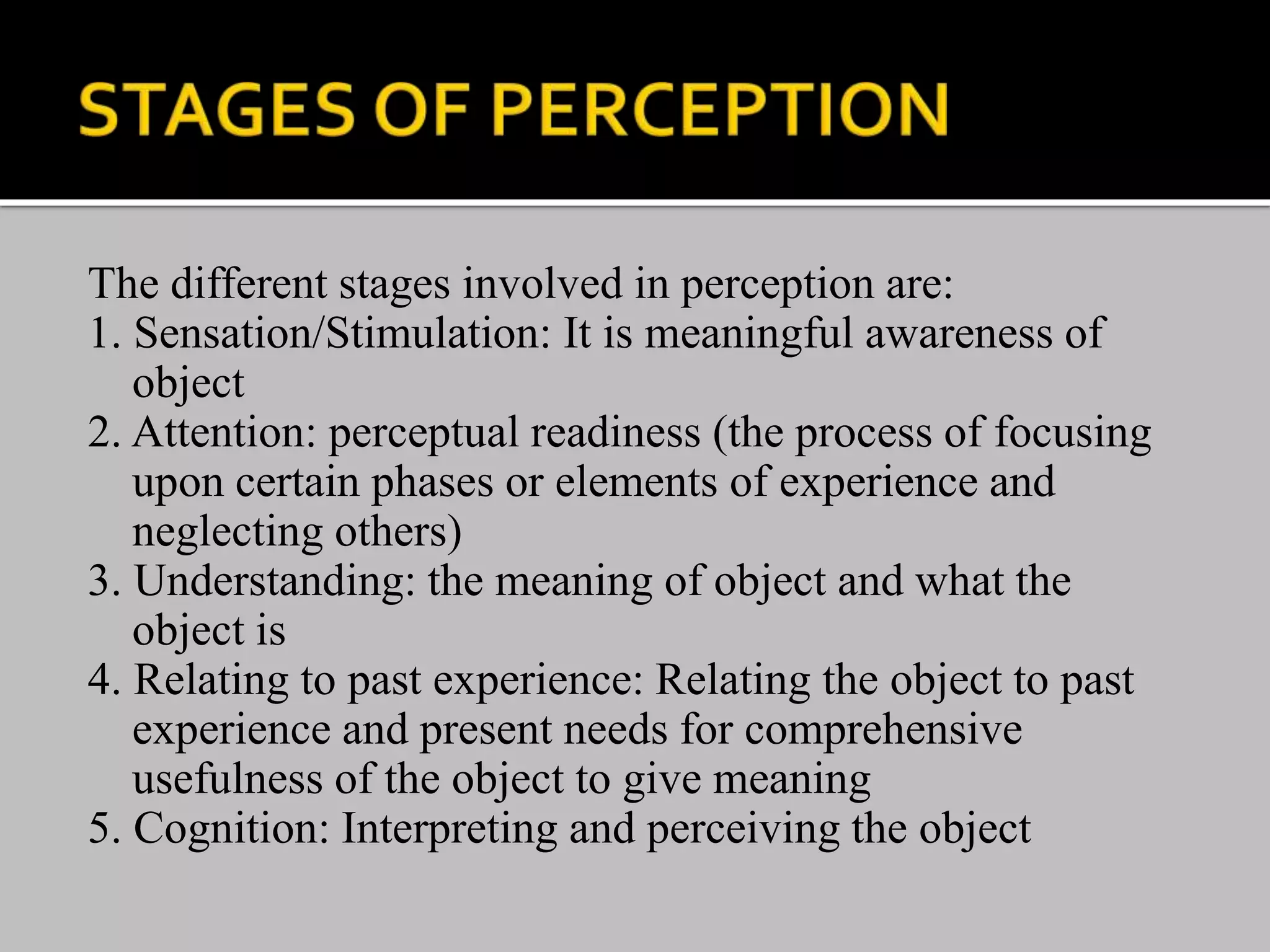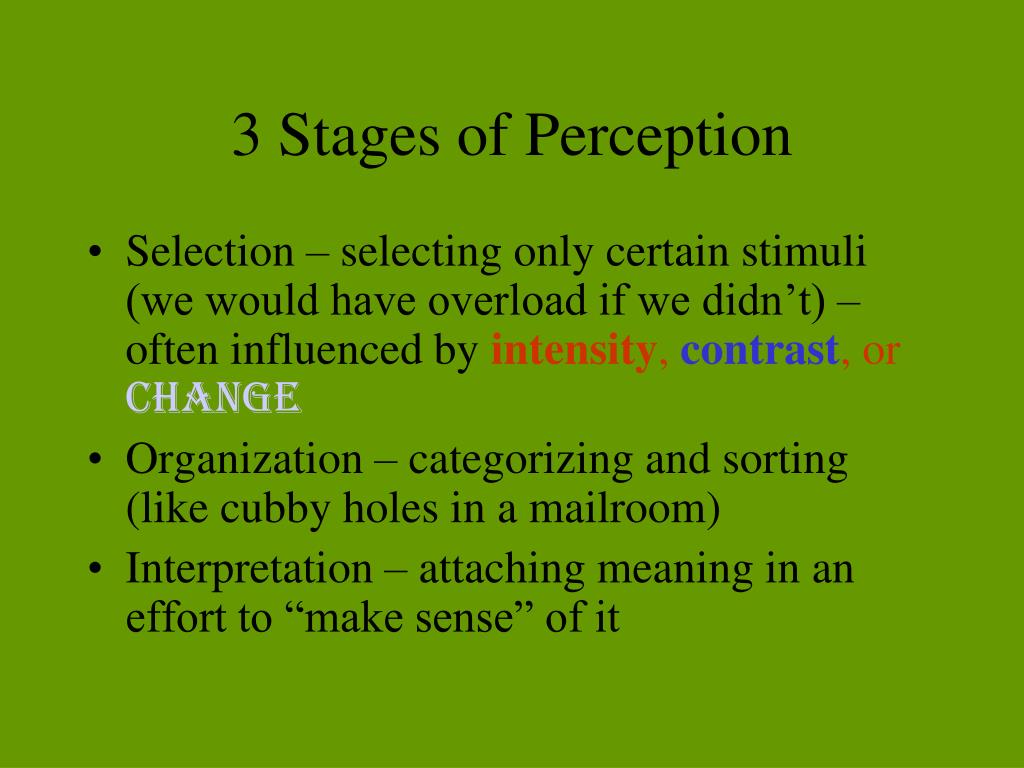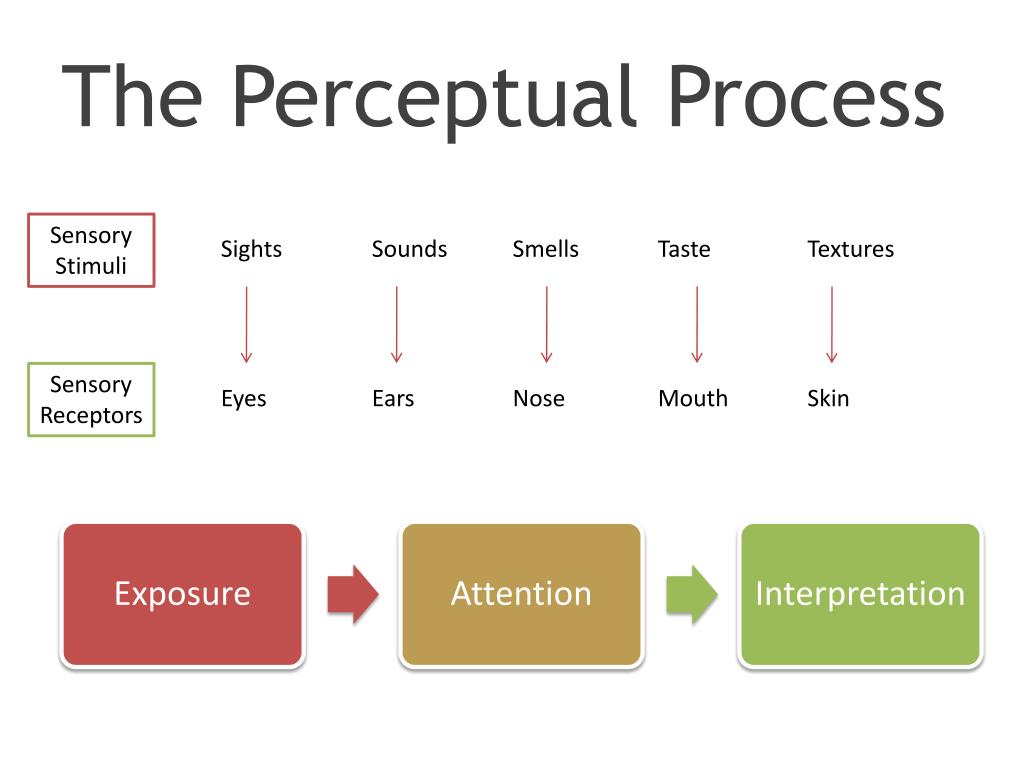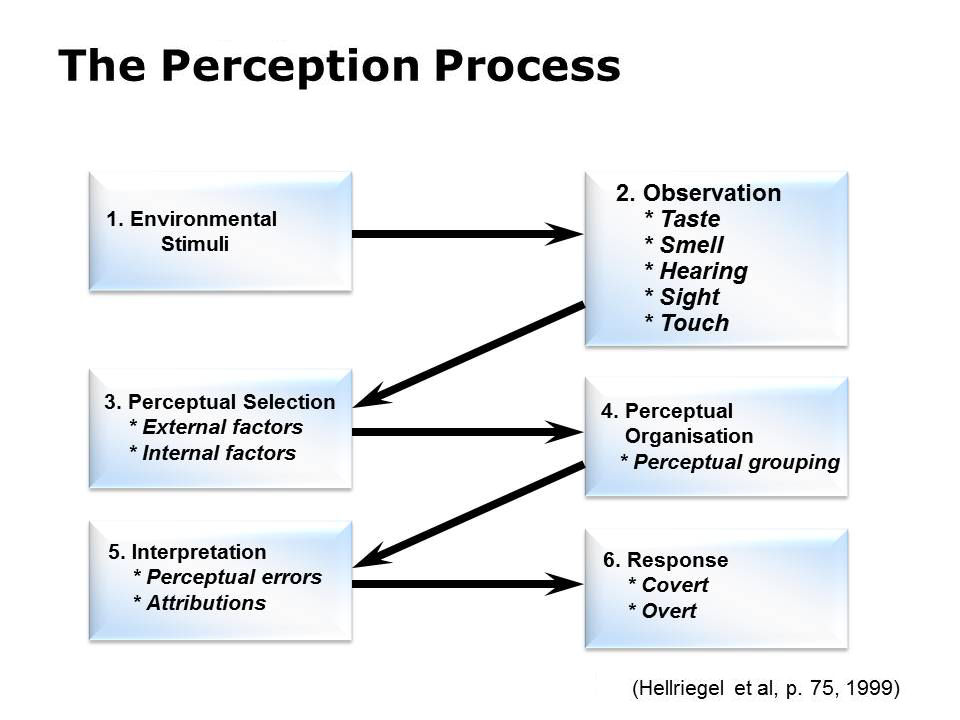Which Of The Following Is Not A Stage Of Perception

In a world saturated with information, the accuracy of our understanding hinges on the often-unexamined process of perception. From fleeting glances to deliberate analyses, how we interpret the world shapes our actions and beliefs. But lurking within this intricate system are misconceptions that can distort reality, making it crucial to identify and dispel them.
This article delves into the complexities of perception, exploring the established stages and highlighting a common misconception often erroneously included. Understanding the correct framework is essential for fields ranging from psychology and marketing to law and education, impacting how we communicate, learn, and make decisions.
The Core Stages of Perception
The process of perception, while seemingly instantaneous, is a multi-stage operation. Cognitive psychology typically outlines these stages as selection, organization, and interpretation.
Selection: Filtering the Sensory Input
The first step, selection, is all about attention. Our senses are constantly bombarded with stimuli, but we can only process a fraction of it. This filtering process is influenced by factors like salience, intensity, novelty, and personal relevance.
Selective attention means we actively choose what to focus on, often unconsciously. A bright color, a loud noise, or something that aligns with our current goals are more likely to grab our attention. This initial filtering is crucial for preventing sensory overload.
Organization: Structuring the Information
Once sensory information is selected, the brain begins to organize it into meaningful patterns. This involves using existing knowledge, schemas, and Gestalt principles to structure the incoming data.
Gestalt principles, for example, explain how we perceive objects as unified wholes even when parts are missing. Grouping similar elements together or perceiving continuous lines helps create a coherent understanding.
Interpretation: Assigning Meaning
Finally, interpretation involves assigning meaning to the organized information. This is where personal experiences, cultural background, and individual biases come into play.
Two people can witness the same event and interpret it differently based on their pre-existing beliefs. This subjective element is why perception is often described as an active rather than passive process.
The Misconception: Retention as a Stage
While selection, organization, and interpretation are widely accepted as the core stages, the idea of retention as a separate stage is a common misconception. This is where the confusion arises.
Retention, the ability to remember information, is undoubtedly crucial for learning and future behavior. However, it is more accurately understood as a process *following* perception, rather than an integral part of it.
Think of perception as the initial understanding and retention as the storage and retrieval of that understanding. While inextricably linked, they are distinct cognitive processes.
Why Retention is a Separate Process
The argument for separating retention from the core stages of perception lies in their differing functions. Perception focuses on the initial processing of information, creating a mental representation.
Retention, on the other hand, involves encoding, storing, and retrieving that mental representation at a later time. It's about memory, not the initial construction of understanding.
To illustrate, consider the example of witnessing a crime. The stages of perception allow you to see the event, organize the details, and interpret what you saw. How well you remember those details days or weeks later is a matter of retention, affected by factors like stress, the passage of time, and subsequent information.
Implications Across Disciplines
Correctly understanding the stages of perception has broad implications. In marketing, knowing how consumers select, organize, and interpret information can lead to more effective advertising campaigns.
In law, eyewitness testimony is notoriously unreliable, in part because the interpretation stage of perception is highly subjective. Understanding the limitations of human perception is crucial for justice.
In education, instructors can leverage this knowledge to design learning materials that capture attention, facilitate organization, and promote accurate interpretation. Considering the individual's existing knowledge is essential for shaping their understanding.
Moving Forward: Enhancing Perceptual Accuracy
By recognizing that retention is a separate process from the core stages of perception, we can better understand how information is processed and remembered. This knowledge can be used to improve communication, enhance learning, and make more informed decisions.
Further research into the interplay between perception and memory is essential for developing strategies to mitigate biases and distortions. Critical thinking skills are crucial for evaluating information and forming accurate understandings of the world around us.
Ultimately, a deeper understanding of perception empowers us to navigate the complexities of modern life with greater clarity and insight. Recognizing the difference between the initial act of perceiving and the subsequent act of remembering is a significant step in this direction.
